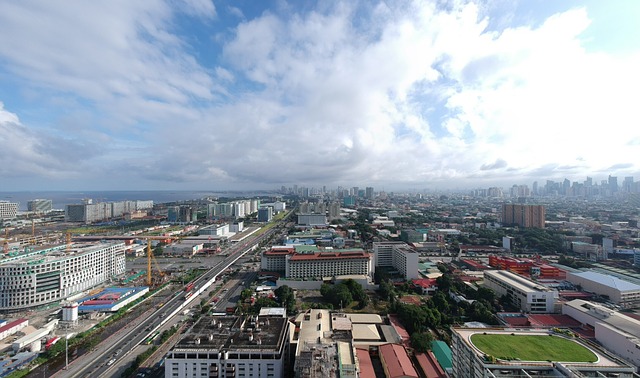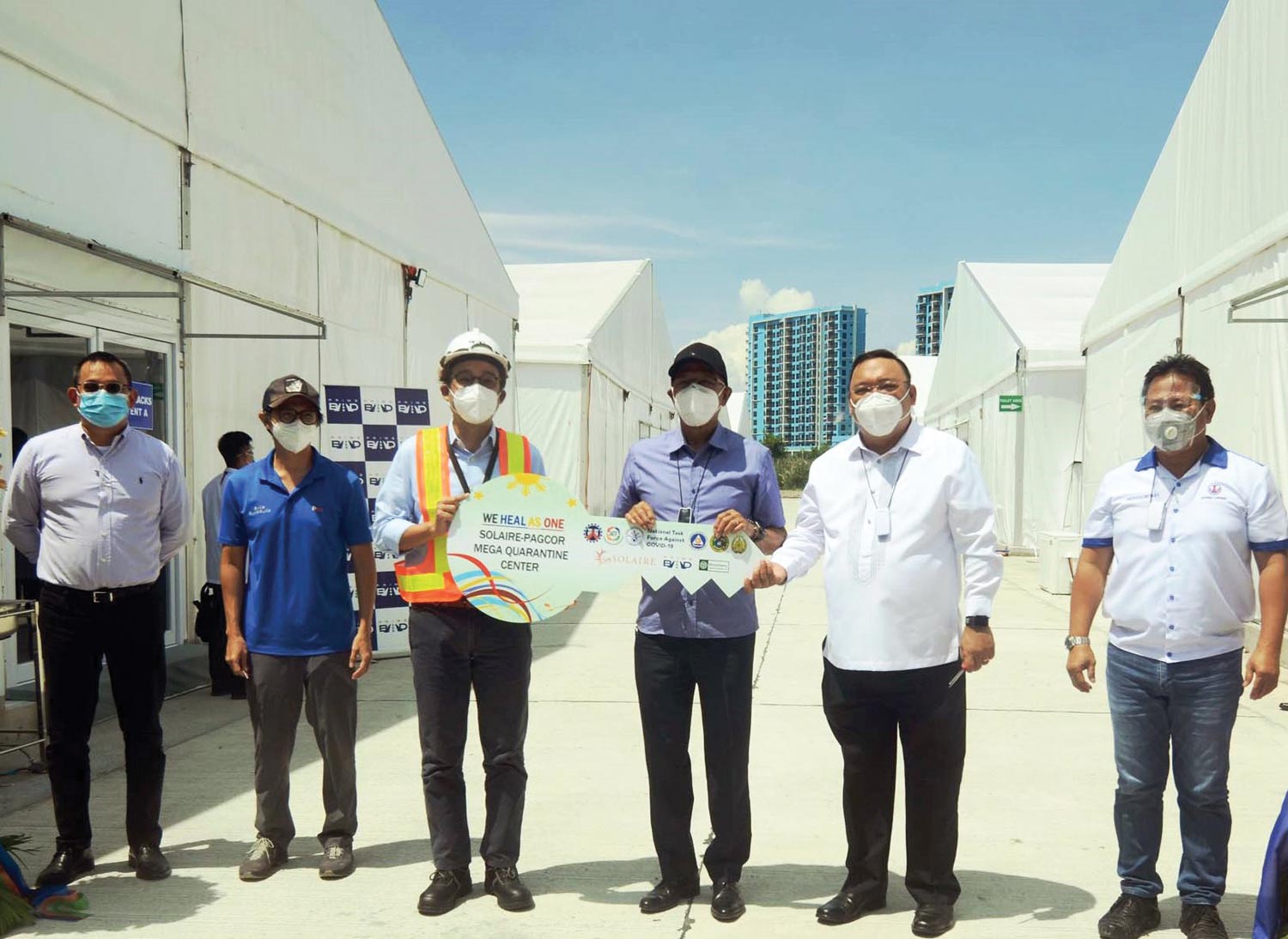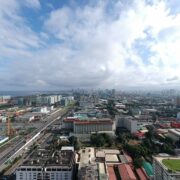
Metro Manila will stay under general community quarantine (GCQ) for the entire month of October.
This comes after President Rodrigo Duterte approved the recommendation of the Inter-Agency Task Force for the Management of Emerging Infectious Diseases (IATF-EID) on Monday, September 28.
Aside from the capital region, the province of Batangas, and the cities of Tacloban, Bacolod, Iligan, and Iloilo will also be placed under GCQ.
Meanwhile, Lanao del Sur, including Marawi City, will remain under modified enhanced community quarantine (MECQ).
“The rest of the country will be under modified general community quarantine,” Duterte announced.
According to the country’s Department of Health, two new indicators were considered in determining the next round of community quarantine classifications: the “two-week growth rate” and the “daily attack rate.”
The two-week growth rate refers to the growth in the number of cases for the past two weeks, while daily attack rate is the number of cases over a certain period of time over a certain number of population.

Health Undersecretary. Ma. Rosario Vergeire pointed out that two new indicators are more sensitive because they show the true picture of the community and that the daily attack rate indicates the increase or decrease in cases in areas that are being monitored.
Defense Secretary Delfin Lorenzana, chair of the country’s National Task Force Against COVID-19, projects that Metro Manila could be downgraded into the less stringent modified general community quarantine (MGCQ) within a month.
“Actually, many LGUs (local government units) in Metro Manila want to downgrade to MGCQ. However, there are still those, I think about half, who would like to continue with GCQ so they could arrange their coronavirus disease 2019 prevention efforts so these could be sustained. I think one month more (won’t hurt us), it will help us a lot,” he said.
To date, there are 309,303 confirmed COVID-19 cases in the Philippines, with 5,448 fatalities and 252,930 recoveries.






